How You Can Finally Put An End To Your Dog’s Tail Biting
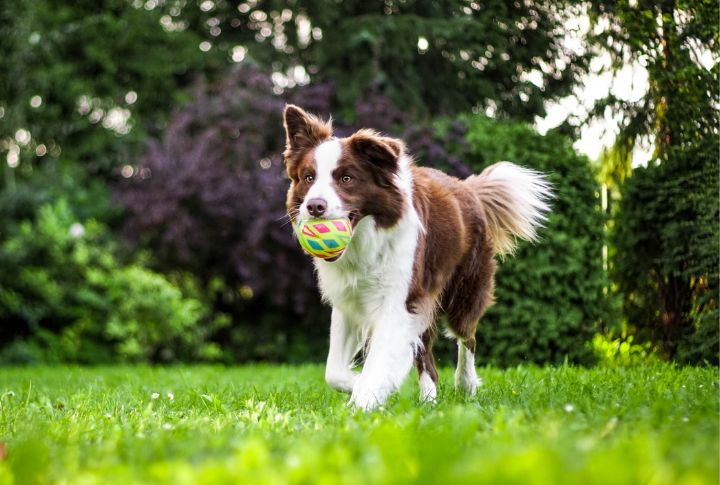
You glance over, and there it is again. Your dog is spinning and chewing its tail. What starts as a minor habit can spiral fast into an injury or infection. The good news is you’re not powerless—you can step in and help. Let’s look at 15 things you can do to comfort your dog.
Rule Out Medical Issues First
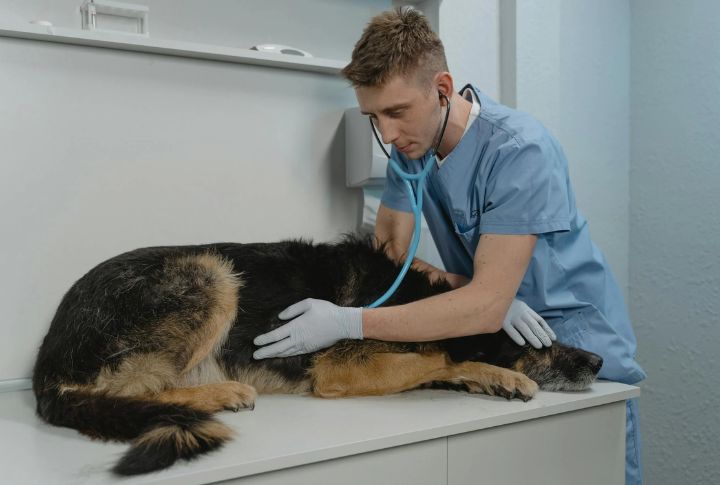
Before anything else, visit your vet. Tail biting can signal hidden pain or an infection. Don’t assume it’s behavioral until health problems are ruled out. That one vet check might be the difference between quick relief and long-term frustration.
Track Triggers With A Tail Biting Journal

Grab a notebook or notes app and start logging every time your dog bites their tail. Track the time and anything unusual. You might spot a pattern—like it only happens during storms or after dinner. Insights like these can fast-track solutions.
Keep Your Dog Physically Active
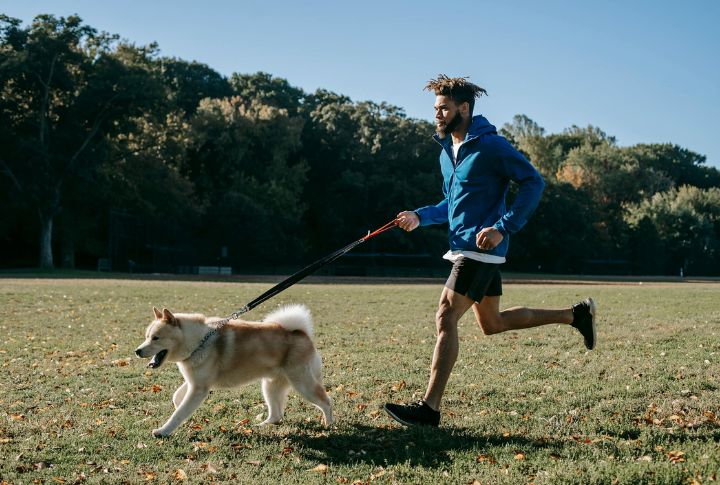
Think your dog’s bored? You’re probably right. Daily exercise helps burn off all that restless energy. It also curbs anxious habits—like tail biting. Try long walks or agility drills to keep your dog physically active. Make movement the plan, not the backup.
Address Anxiety Head-On
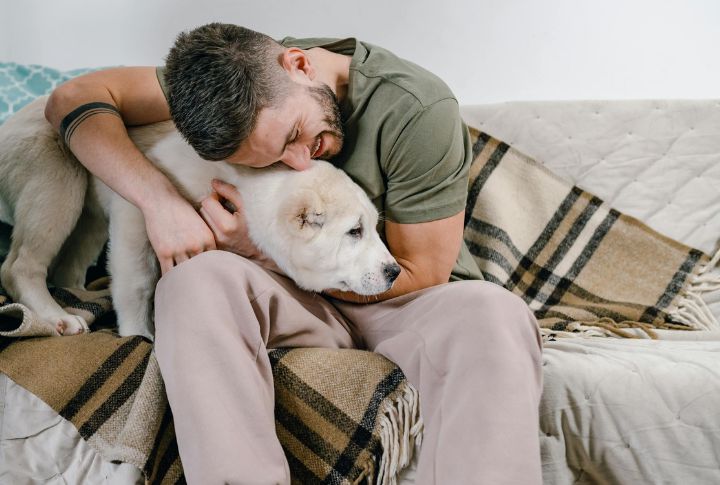
Dogs bite their tails out of stress, too. Loud noises or changes at home can push them over the edge. If you sense anxiety, create a calm space, use soothing sounds, or try a calming vest. You can’t remove all stress, but you can definitely minimize it.
Treat Fleas And Parasites Immediately

Itchy tails often drive dogs to chase and chew them like crazy. Fleas, ticks, or mites irritate the skin and trigger constant biting. So, keep your dog on a consistent parasite prevention schedule because flea infestation can undo weeks of training and lead straight back to obsessive chewing.
Massage And Physical Touch Therapy
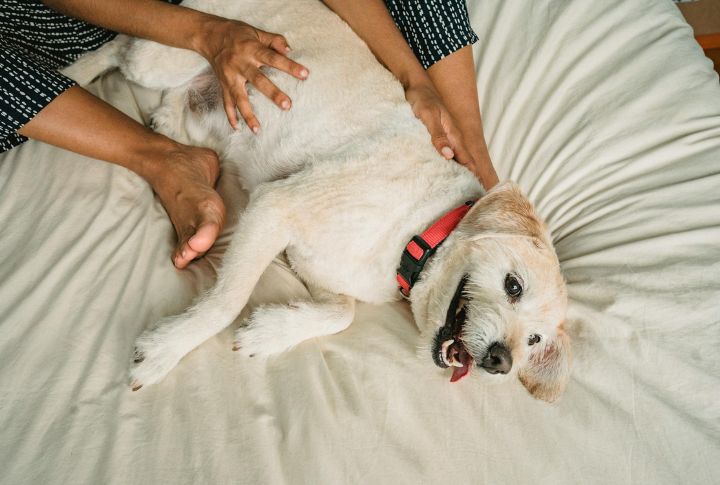
Take five minutes a day to gently rub your dog’s back or the base of its tail. It relaxes tense muscles and builds trust. A gentle touch can not only soothe stress but also strengthen your bond and shift the focus from chewing to chilling with you.
Try Taste Deterrent Sprays
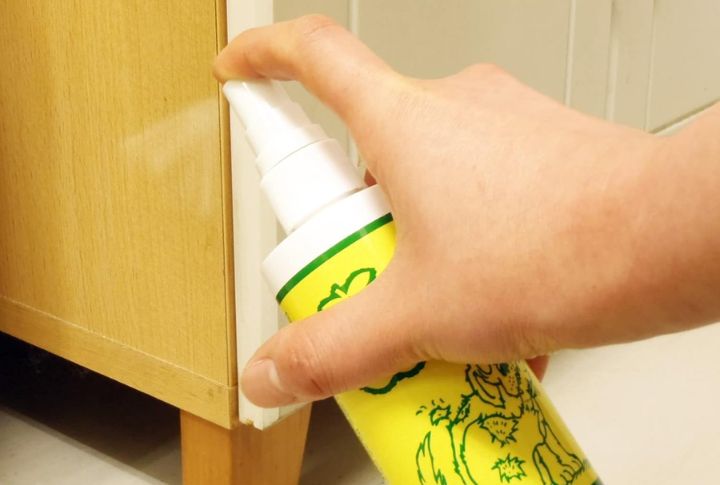
One spray and your dog suddenly hates the taste of tail. Bitter apple or other vet-safe deterrents turn tail biting into an unpleasant experience. But here’s the trick: consistency. Apply the deterrent daily. Combined with positive reinforcement, this method often breaks the habit faster.
Consider A Body Wrap Or Anxiety Shirt
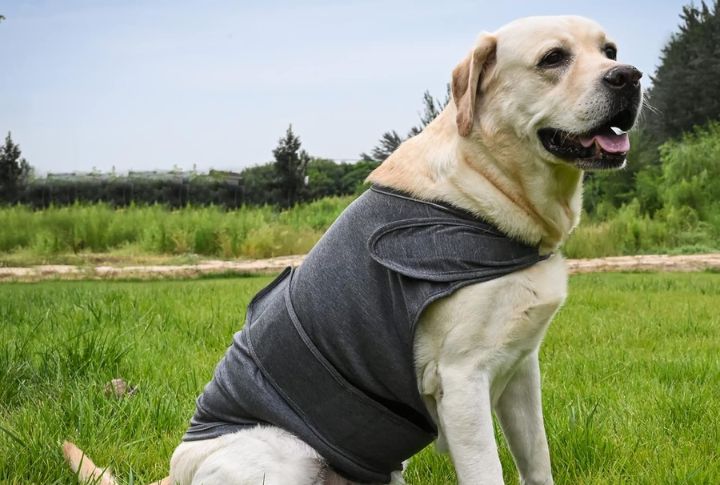
Some dogs feel better with a gentle, all-day hug. Anxiety wraps apply light pressure, calming nerves without meds. Pop one on during stressful moments like fireworks or long absences and see if it reduces tail obsession. It’s like a weighted blanket for your pup.
Reinforce Positive Behavior
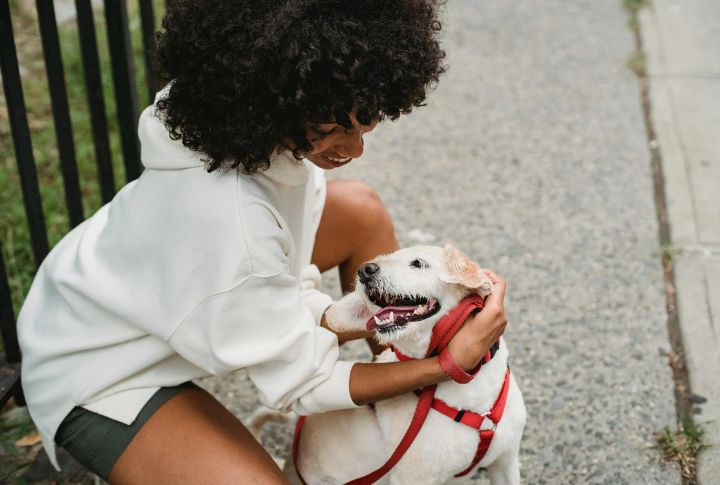
Do you at any point notice your dog doesn’t go for its tail? That’s your moment to reward it with praise or treats. Dogs learn what gets them attention. So, consistently reinforcing calm and non-chewing behavior helps to retrain the pattern. Remember that timing is everything.
Check For Food Allergies Or Skin Sensitivities

Fun fact: Sometimes, the tail isn’t the problem. Food sensitivities cause a chronic allergy that leads to discomfort, especially near the tail base. So, switch to a hypoallergenic diet after consulting your vet about the allergy. Once their skin calms down, many dogs stop chewing.
Provide Chew Toys And Safe Alternatives

Chewing is natural—it just needs the right outlet. Offer your dog safe, textured toys to satisfy the urge. Rubber bones, frozen carrots, and even rope toys can do the trick. Every time they choose the toy over their tail, you’re one step closer to breaking the habit.
Create A Consistent Daily Routine

Predictability reduces stress-driven behaviors. Set consistent times for meals and rest to help your dog feel secure. Routine can often be a behavior management tool. When structure replaces uncertainty, obsessive habits like tail biting often decrease naturally.
Avoid Scolding Or Yelling
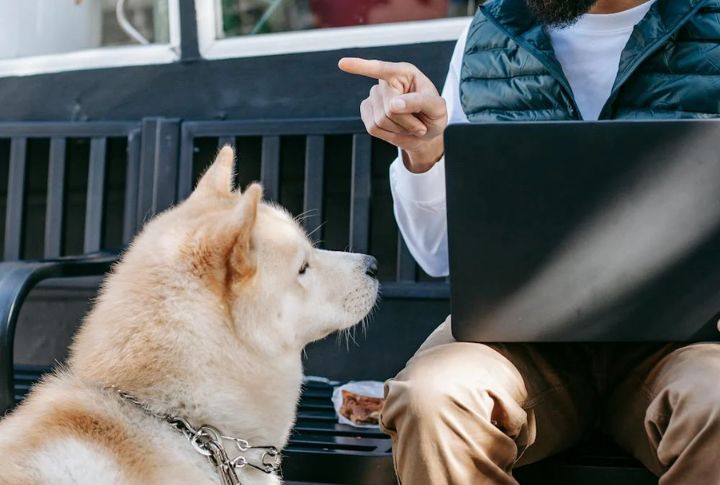
When you shout at them, they stop for a second out of fear, but the fear doesn’t teach the dogs to avoid tail biting. It teaches them to hide it instead, and that delay causes setbacks in ending tail biting. Instead, redirect calmly and offer an alternative behavior.
Try Canine Behavior Training

Persistent tail biting may signal deeper issues like anxiety or compulsion. A certified trainer can pinpoint triggers you might miss and offer targeted strategies. Don’t see it as a failure; just proactive care. Early expert intervention often prevents long-term harm.
Watch For Signs Of Obsession Returning
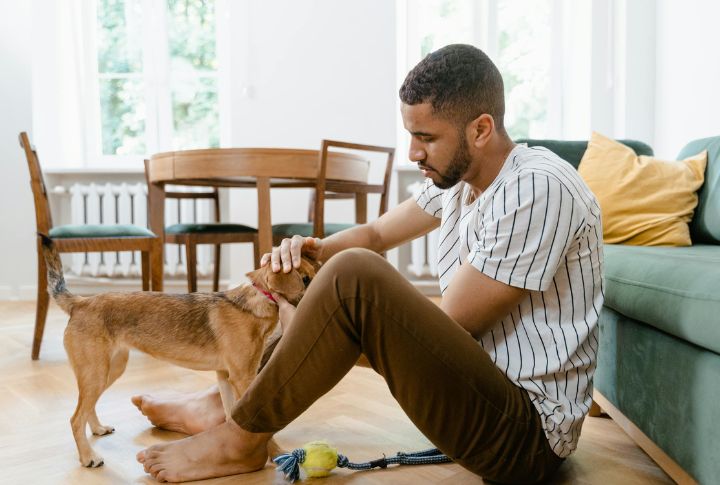
Don’t assume one fix lasts forever. Monitor your dog regularly. If tail focus creeps back, act quickly and reintroduce what worked before. The earlier you respond, the easier it is to reset. You’ve come this far, so stay alert and keep those hard-earned gains.






